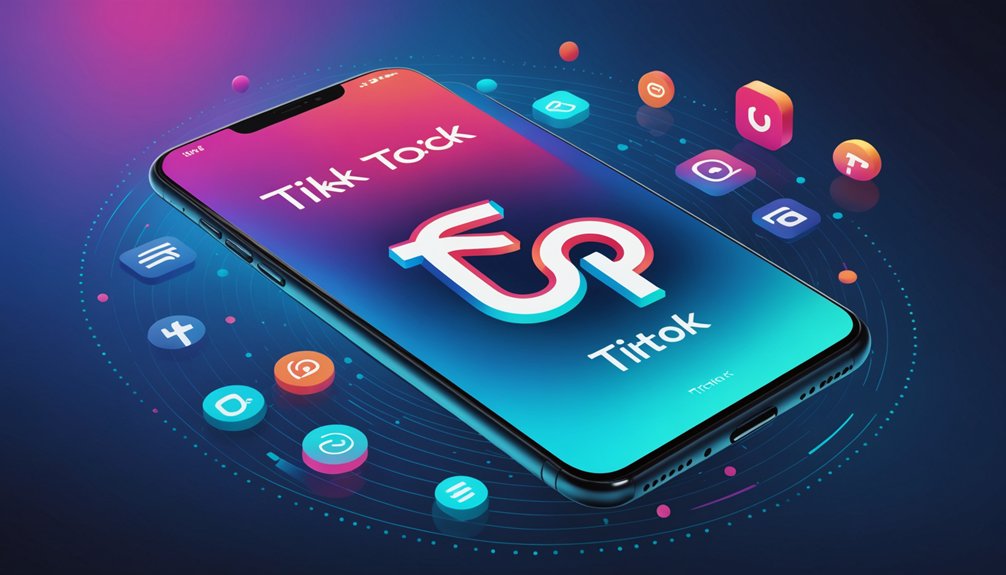Measuring content marketing ROI isn’t rocket science. Track direct costs like salaries and indirect expenses such as utilities. Use trackable links and UTMs to monitor revenue generation. Apply the simple formula: (Net Profit/Total Investment) x 100. Different content types yield varying results, so compare performance across formats. Tools like Google Analytics and SEMRush provide essential data. Weekly reviews help identify winners and losers. The difference between guesswork and strategy? Cold, hard numbers.

How do marketers know if their content efforts are actually paying off? The answer lies in properly calculating costs and tracking revenue. Smart marketers start by identifying direct costs like salaries and freelancer fees, then factor in those sneaky indirect costs that everyone loves to ignore – utilities, administrative expenses, and such.
Then there’s ad spend. And tech costs. Add it all up. That’s your total investment. Not rocket science, folks. Strategic keyword research using ChatGPT automation tools helps optimize content investments for better ROI tracking.
Don’t forget to count every dollar you spend. Marketing isn’t cheap, but at least the math is simple.
Tracking revenue requires discipline. Use trackable links and UTMs – they’re not optional anymore. Monitor those MQLs, SQLs, and actual sales. Work with the sales team, because let’s face it, they know when a lead converts. Revenue attribution matters. A lot. Make sure you know which piece of content deserves credit for that sweet, sweet cash.
And don’t forget lifetime value. Some customers keep paying. For years.
The ROI formula isn’t complicated: (Net Profit / Total Investment) x 100. Subtract what you spent from what you made. That’s your net profit. Positive ROI? Pop the champagne. Regular assessment of these numbers helps you adapt your strategy and optimize based on data and industry trends. Just like successful affiliate marketers who focus on diverse content types to maximize their reach, you need variety in your content portfolio.
Different content types perform differently. Compare them. Adjust accordingly. Many marketers conduct weekly reviews of content performance to identify successful pieces and areas for improvement.
KPIs tell the real story. Conversion rates show who’s taking action. Bounce rates reveal who’s running away. Page views matter. So does lead quality – not all leads are created equal. Customer acquisition cost keeps everyone honest. How much are you really spending to get a customer? Sometimes it’s painful to know.
Goals vary by business model. E-commerce focuses on direct sales. Subscription businesses care about lifetime value. Set clear objectives. Make them measurable. Align your KPIs with your goals. Change course when necessary.
Implementation requires tools. Google Analytics tracks traffic. SEMRush provides SEO insights. Social media platforms have their own analytics. Content management systems keep everything organized. Attribution models prevent arguments about who gets credit.
Without these tools? You’re flying blind. And nobody wants that.
Frequently Asked Questions
How Long Does It Take to See Measurable Content Marketing ROI?
Content marketing ROI typically takes 6-12 months to become measurable.
Some industries see faster results, others slower. It’s not instant gratification, folks.
Early indicators like engagement rates and lead generation appear sooner.
High-quality content, proper analytics setup, and consistent distribution accelerate the timeline.
Competition slows things down. Higher investment might speed things up.
The waiting game is real—and necessary.
Which Content Formats Typically Generate the Highest ROI?
Short-form videos dominate the ROI game, with 71% of marketers backing their effectiveness.
They’re engaging and widely shareable. No surprise there.
Email marketing crushes it too – $38 return for every dollar spent in e-commerce? Yeah, that’s insane.
Blogs shouldn’t be overlooked. Consistent blogging delivers 13 times more ROI than sporadic efforts.
Plus, they boost search rankings.
Live videos? Growing fast. Less common but offering real-time engagement that consumers eat up.
What’s a Good ROI Benchmark for My Industry?
ROI benchmarks vary wildly by industry.
B2B content marketing scores between 317% and 1389%.
E-commerce? A whopping $38 for every dollar spent on email campaigns.
Healthcare typically sees 4x returns through SEO.
Retail combines digital and physical for a 24% year-over-year increase.
Without knowing your specific sector, aim for at least 5:1 (that’s 500%) as a solid baseline.
Industry data matters. A lot.
Can AI Tools Accurately Predict Content Marketing ROI?
AI tools can predict content marketing ROI with impressive accuracy—up to 83% for customer engagement metrics versus traditional methods’ 57%.
They’re not perfect, though. These systems analyze historical data, run predictive models, and use sentiment analysis to forecast performance.
Machine learning algorithms continuously improve predictions. The real magic? AI handles complex multi-touch attribution that humans can’t.
It’s revolutionizing budget allocation decisions. No more guesswork. Just cold, hard data crunching.
How Often Should We Reassess Our Content Marketing ROI Metrics?
Organizations should reassess content marketing ROI quarterly at minimum.
Market trends shift fast. Monthly checks work for specific campaigns, while thorough audits make sense semi-annually.
Some metrics need weekly monitoring. It’s not one-size-fits-all.
Performance fluctuations demand attention—ignore them at your peril. The adaptive strategy is key.
Companies that wait a full year? They’re leaving money on the table. Simple as that.




